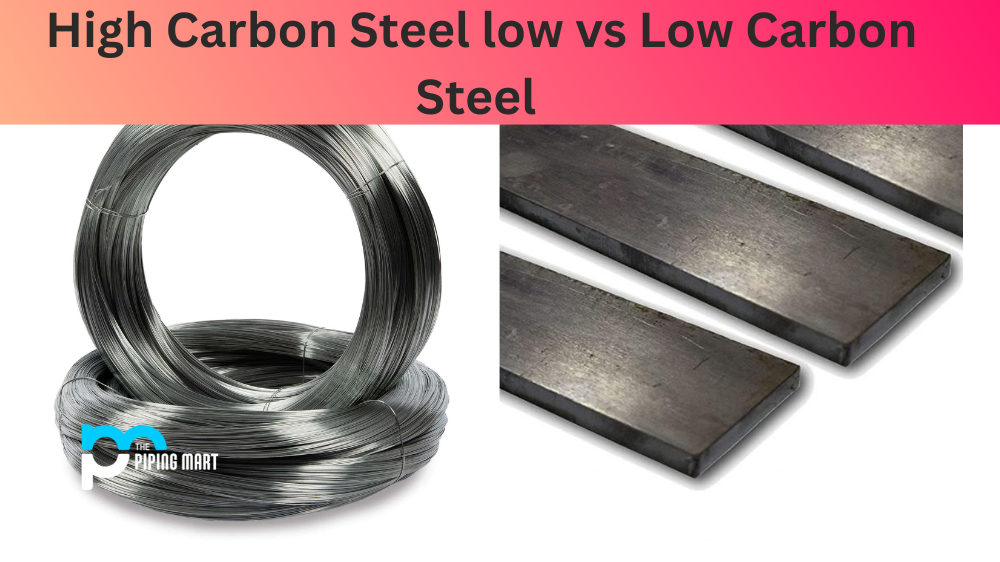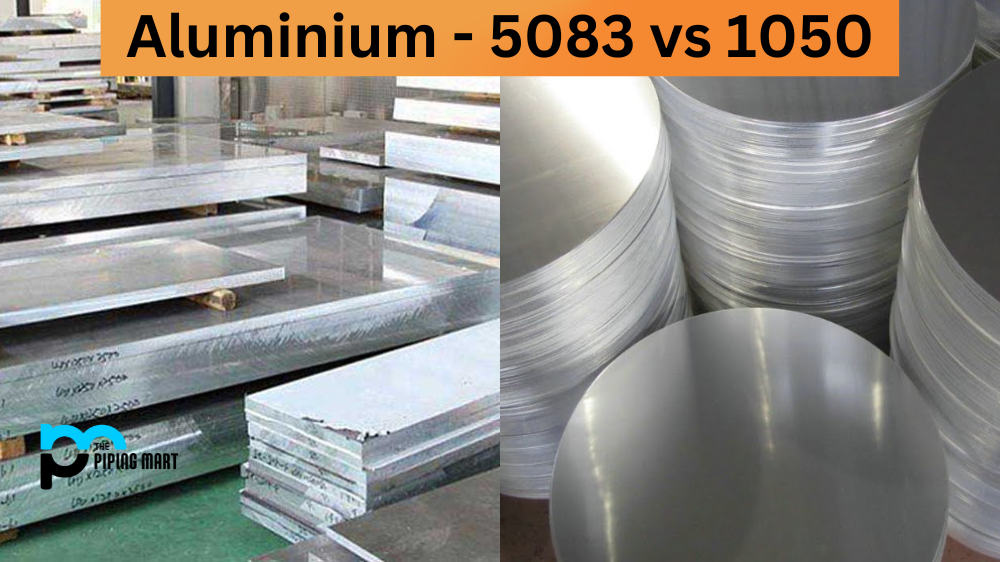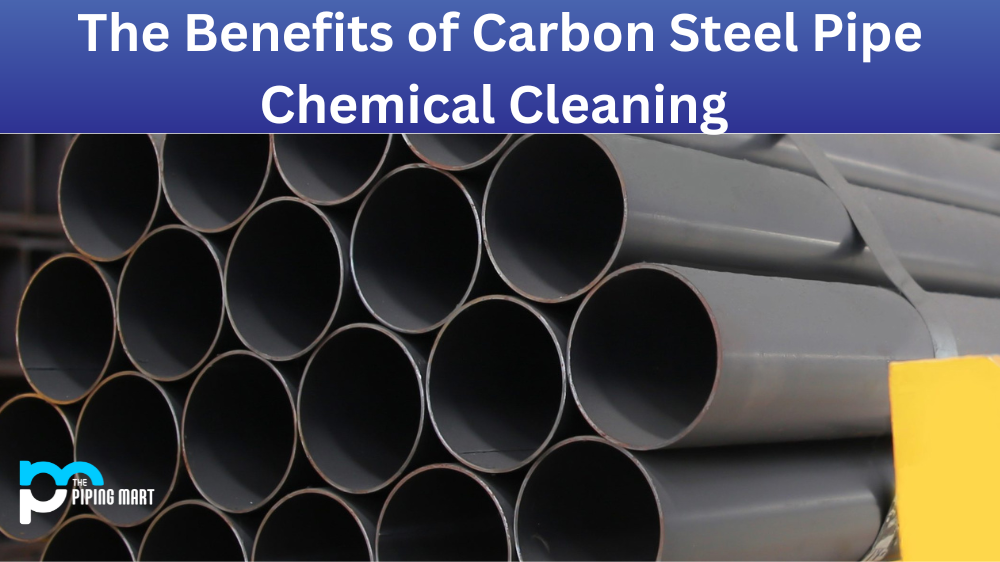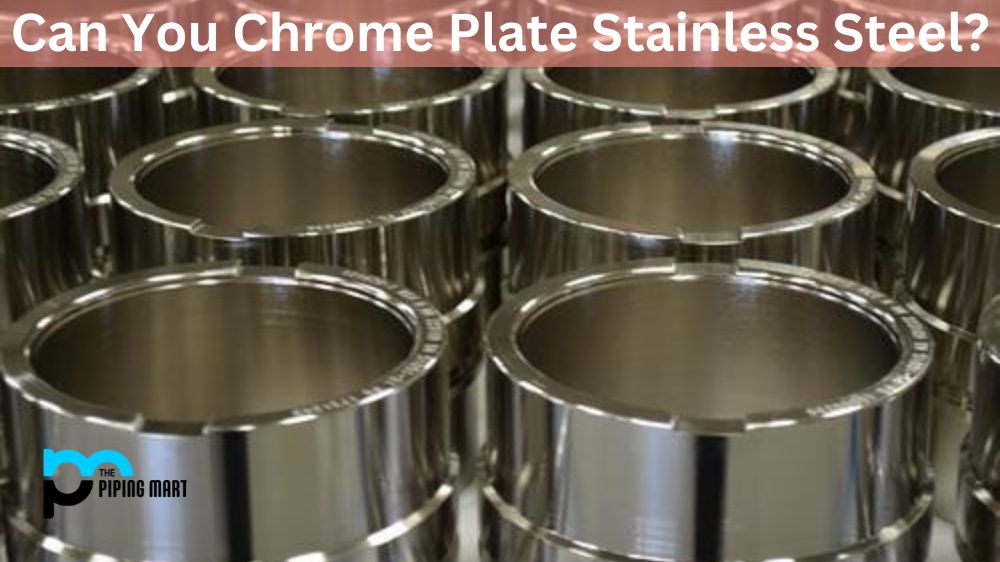Have you ever wondered what the difference is between high-carbon steel and low-carbon steel? In this blog post, we’ll take a look at the differences between these two types of steel and how they can be used in different applications. Read on to learn more!
Difference Between High Carbon Steel and Low Carbon Steel
First, let’s look at the difference between high-carbon steel and low-carbon steel. High-carbon steel has a higher amount of carbon content (over 0.5%) than low-carbon steel (less than 0.2%). This higher amount of carbon gives high-carbon steel its hardness, strength, and durability. It also makes it much harder to shape or form than low-carbon steel. In comparison, low-carbon steel has less carbon content which makes it easier to shape or form but also less durable than high-carbon steel.
- High-carbon steel is made from iron and carbon, but the carbon content is much higher than in low-carbon steel.
- High-carbon steel is harder than low-carbon steel, but it is also more brittle.
- High-carbon steel is used for cutting tools and other applications where hardness and durability are important.
- Low-carbon steel is made from iron and carbon, but the carbon content is much lower than in high-carbon steel.
- Low-carbon steel is softer than high-carbon steel, but it is also more ductile.
- Low-carbon steel is used for applications where malleability and weldability are important.
High Carbon Steel Uses
High-carbon steels are often used in industrial applications where strength and hardness are required, such as tools, blades, springs, saws, hammers, and other cutting implements that need to stay sharp over time. High-carbon steels are also often used in machinery parts that require good wear resistance, such as gears or bearings, as well as construction components that need to withstand heavy loads like beams or columns. High-carbon steels are usually made into bars or sheets for these uses rather than being formed into shapes like with low-carbon steels because of their difficulty to work with due to their hardness.
Low Carbon Steel Uses
Low-carbon steels are often used in applications where ductility is important such as car bodies or structural elements where bending would be necessary during installation or use. They are also used in applications that require good weldability, such as pipelines, because they can be easily formed into shapes without compromising the strength of the material, like with high-carbon steels. They can also be made into wires for things like fencing due to their malleability, which is something that cannot be done with higher carbon grades.
Conclusion:
In conclusion, there is a big difference between high-carbon steel and low-carbon steel when it comes to applications and uses within the industry. Low-carbon steels offer greater malleability, while high-carbon steels provide increased strength and durability but are harder to work with due to their hardness level. Depending on your needs, one type may be more suitable than the other – so make sure you do your research before making a decision!
Sakshee is a talented blogger, with a particular focus on the Business and Metal Industry. She is passionate about sharing her insights on various metal products and helping professionals to make a better decisions.




